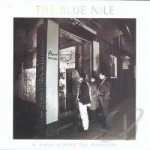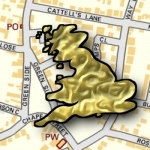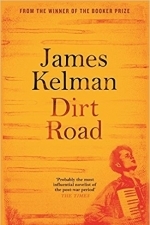Shirley Manson recommended Walk Across the Rooftops by The Blue Nile in Music (curated)
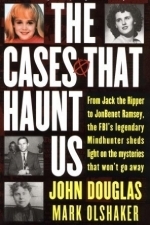
The Cases That Haunt Us
John Douglas and Mark Olshaker
Book
America's foremost expert on criminal profiling provides his uniquely gripping analysis of seven of...
crime unsolved cases cold cases

Ravensburger Puzzle - the jigsaw collection
Games and Entertainment
App
The best jigsaw puzzle app for iPhone and iPad - of course from Ravensburger. A huge selection of...
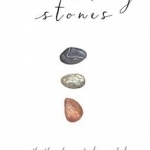
Stumbling Stones: A Path Through Grief, Love and Loss
Book
This book is a beautifully written exploration of grief and loss. Thought-provoking, often poetic,...
James Dean Bradfield recommended Steeltown by Big Country in Music (curated)
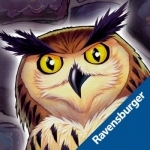
Whoowasit? - Children's game of the year 2008
Games and Entertainment
App
Whoowasit? has been nominated in the categories „Bestes Kinderspiel“ (best game for kids) and...
Eilidh G Clark (177 KP) rated Dirt Road in Books
May 13, 2017
While this may appear a simple story line, Kelman’s exploration into the fragmented relationship between father and son gives the reader an honest analysis of family and grief. The third person narrator, with bursts of free indirect discourse from Murdo, allows the reader both an internal and external insight into the constraints of family. This parallel leaves the reader feeling uncomfortable, yet with a conflicting heart. This is Kelman’s unique writing style at its best.
Dirt Road is more than a novel of grief and family relationships though; it is a novel of risk, of following new paths with uncertainties, about leaving behind the familiarities and safety of the past and following the heart. It is about deep connections; for Murdo this is through music and the feeling of freedom that he associates with music, whilst for the other characters it is about cultural connections and Scottish ancestry. Kelman’s clever use of parallels shows the reader the intensity of human connections whilst suggesting that change and progression is possible. This great novel will linger in your thoughts for weeks after you put it down, and it brings to mind a poem by Robert Frost, The Road Not Taken
I shall be telling this with a sigh
Somewhere ages and ages hence:
Two roads diverged in a wood, and I—
I took the one less traveled by,
And that has made all the difference.
For the full poem visit (https://www.poetryfoundation.org).
Dirt Road by James Kelman
Canongate Books (14 July 2016)

Britain's Best Small Hills: A Guide to Short Adventures and Wild Walks with Great Views
Book
Hot on the success of Wilderness Weekends, one of the top selling guides in 2015, award-winning...
